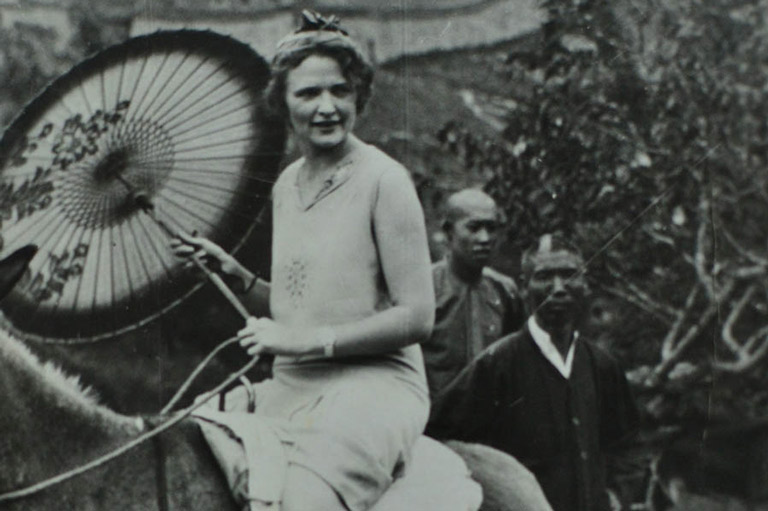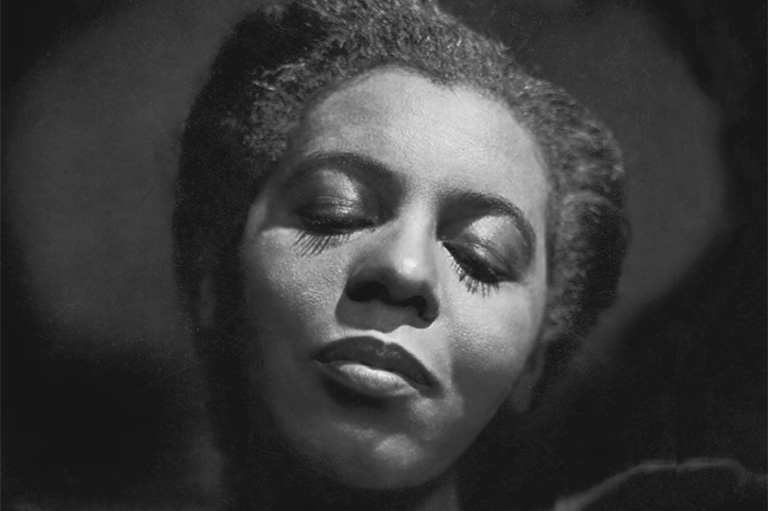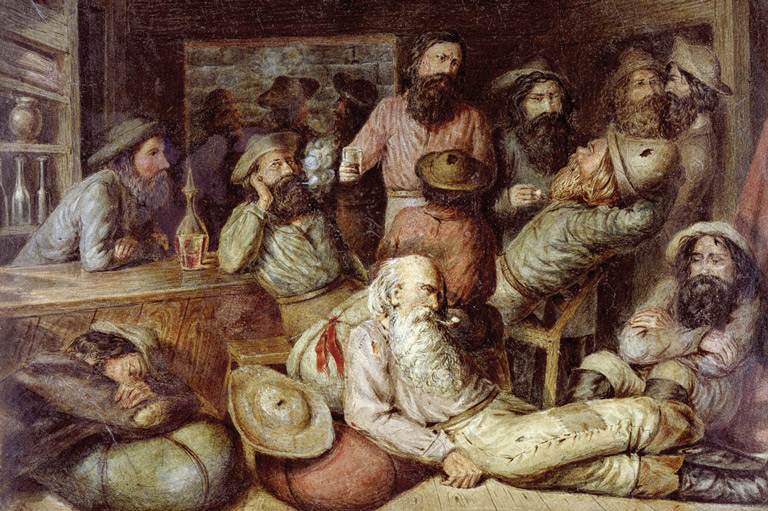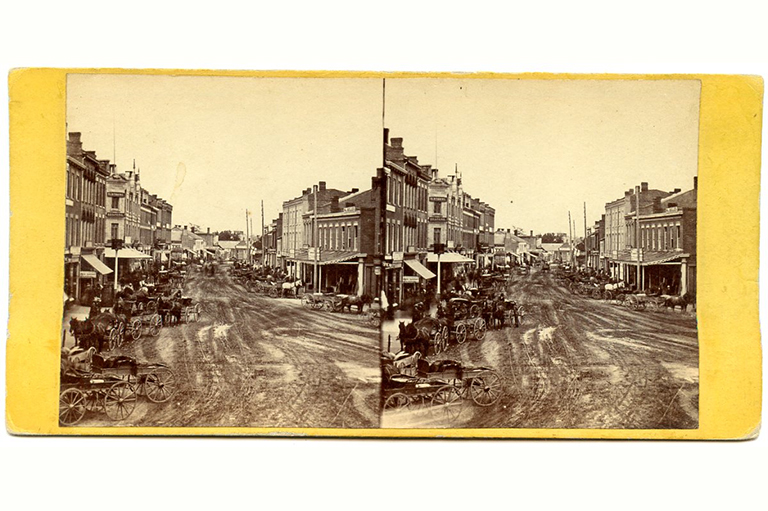Alvira Lockwood
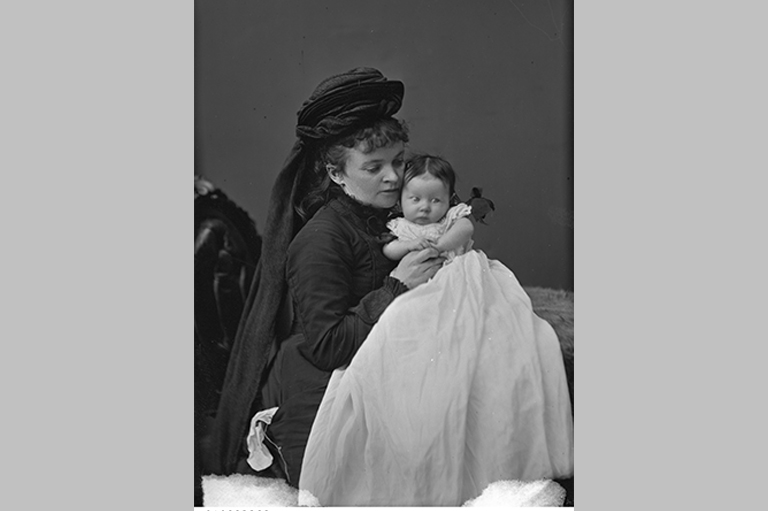
Alvira Lockwood was only seven years old when she began assisting her father, Joseph Lockwood, in his photographic trade. In the early 1850s Joseph worked as an itinerant daguerreotypist, using a travelling cart to move his business, and his family, through Carleton and Lanark counties in eastern Ontario. The Ottawa Citizen called his horse-drawn darkroom “a house on wheels.” It contained not only his cameras, tripods, plates, and chemicals but also a tent, several painted backdrops, and a brace to hold the sitter’s head immobile during the long exposure times photography then required. The Lockwood family’s itinerant lifestyle was common for daguerreotype artists of the time, who trekked from town to town looking for customers. Pulling their darkrooms in horsedrawn carts was a risky business, because the process of creating daguerreotypes — and, later, ambrotypes — involved highly flammable and explosive chemicals including alcohol, sulfuric ether, and nitric acid.
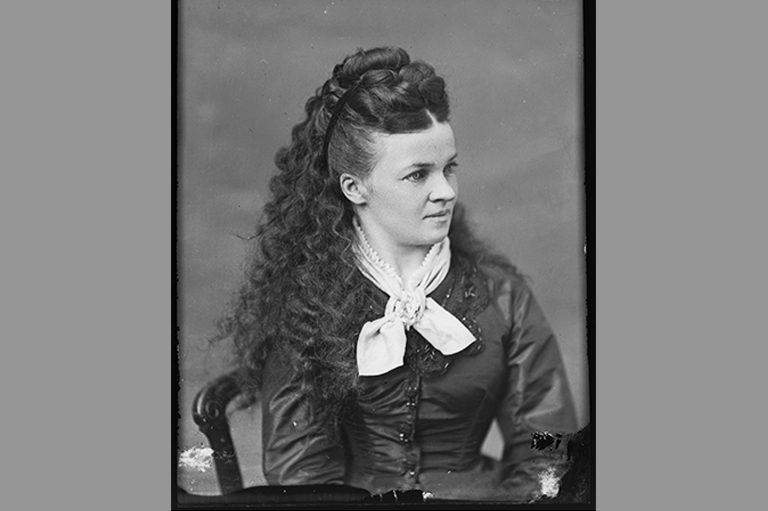
By 1854, the Lockwoods had built a family home on Sparks Street in Ottawa, which housed the city’s first permanent studio, Lockwood’s Daguerrean gallery. Alvira, her younger sister Marie, and her mother, Melinda, assisted in the photographic business. In the mid-1850s, the Lockwoods were the first in the Ottawa area to use the ambrotype process.
Tragedy struck the family when Joseph Lockwood died in 1859 at the age of forty. His widow took over the business along with Alvira, then aged twelve, and Marie. By 1863 the Ottawa Business Directory listed the business in Alvira’s name, making her Ottawa’s youngest professional photographer. “From the time I was seven years old I had always been around the studio,” Alvira told the Ottawa Citizen in 1923. “Of course, at first after father died I did not take the pictures myself. But it was not long before I did, young as I was. At fifteen I was a full-fledged photographer.”
With 7 uniquely curated newsletters to choose from, we have something for everyone.

Alvira, Marie, and Melinda Lockwood held on to the family business until 1873, when it was destroyed by fire. Following the fire, Marie moved to Almonte, Ontario, where she set up her own photo business. Alvira worked as a photographer from six subsequent Ottawa business addresses, adapting her practice as photographic technology evolved. She was still listed as an Ottawa photographer in the 1881 census. In the ensuing years, she closed her photography studio and, in 1886, moved to Paris to study painting. When she returned to Ottawa in 1891, she listed herself as an artist and taught painting, drawing, and art appreciation.
“There was a time … when Miss Lockwood’s name was a sort of household word,” the 1923 article in the Ottawa Citizen remarked. “If the expression ‘self-made woman’ can be applied to anybody, it can be truthfully applied to that splendid little person…. Miss Alvira Lockwood is a credit both to the past and the present.”
Alvira Lockwood died in 1925. Sadly, the trove of twelve thousand negatives she made during her photographic career was lost, although some of her pictures remain in museums, galleries, and private collections. She is buried in an unmarked grave in Ottawa’s Beechwood Cemetery. A biography in the cemetery’s records describes her as being “one of the most picturesque women in the Ottawa art community.”
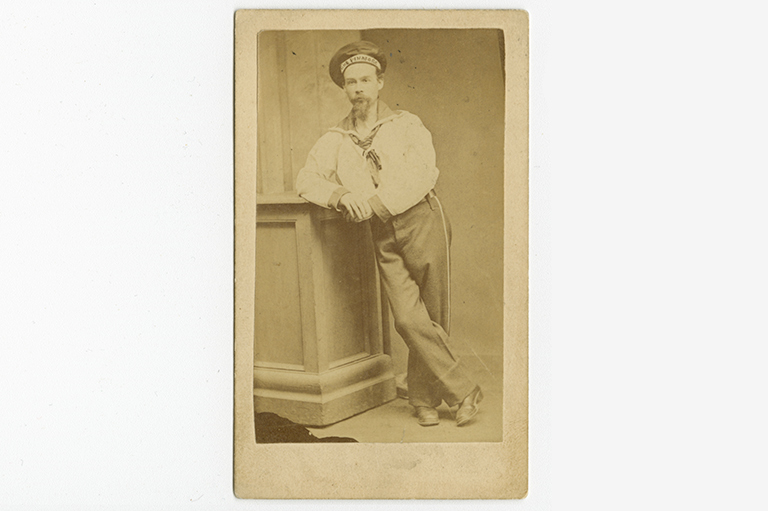
Save as much as 40% off the cover price! 4 issues per year as low as $29.95. Available in print and digital. Tariff-exempt!
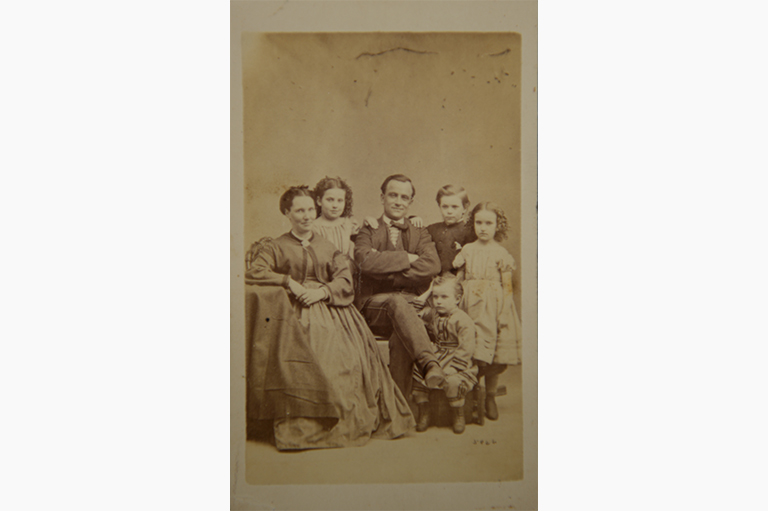
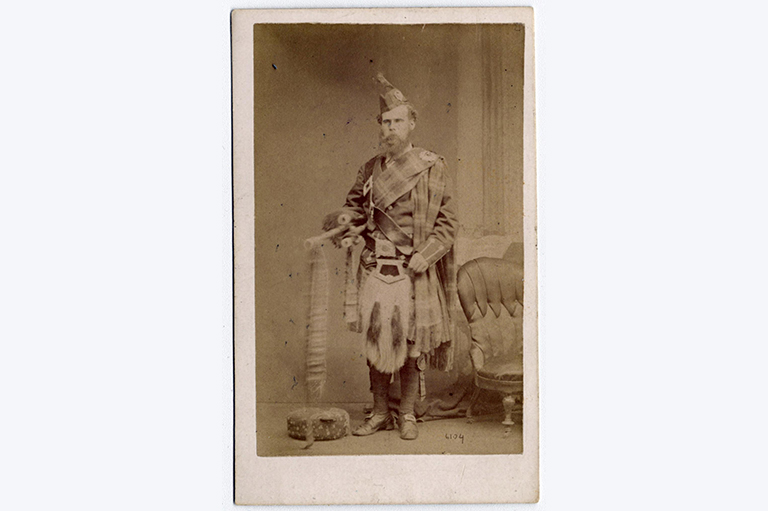
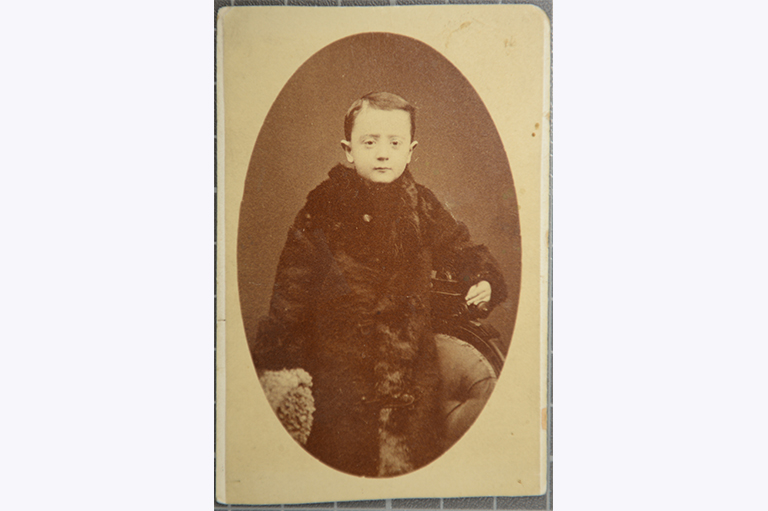
If you believe that stories of women’s history should be more widely known, help us do more.
Your donation of $10, $25, or whatever amount you like, will allow Canada’s History to share women’s stories with readers of all ages, ensuring the widest possible audience can access these stories for free.
Any amount helps, or better yet, start a monthly donation today. Your support makes all the difference. Thank you!
Themes associated with this article
Advertisement

